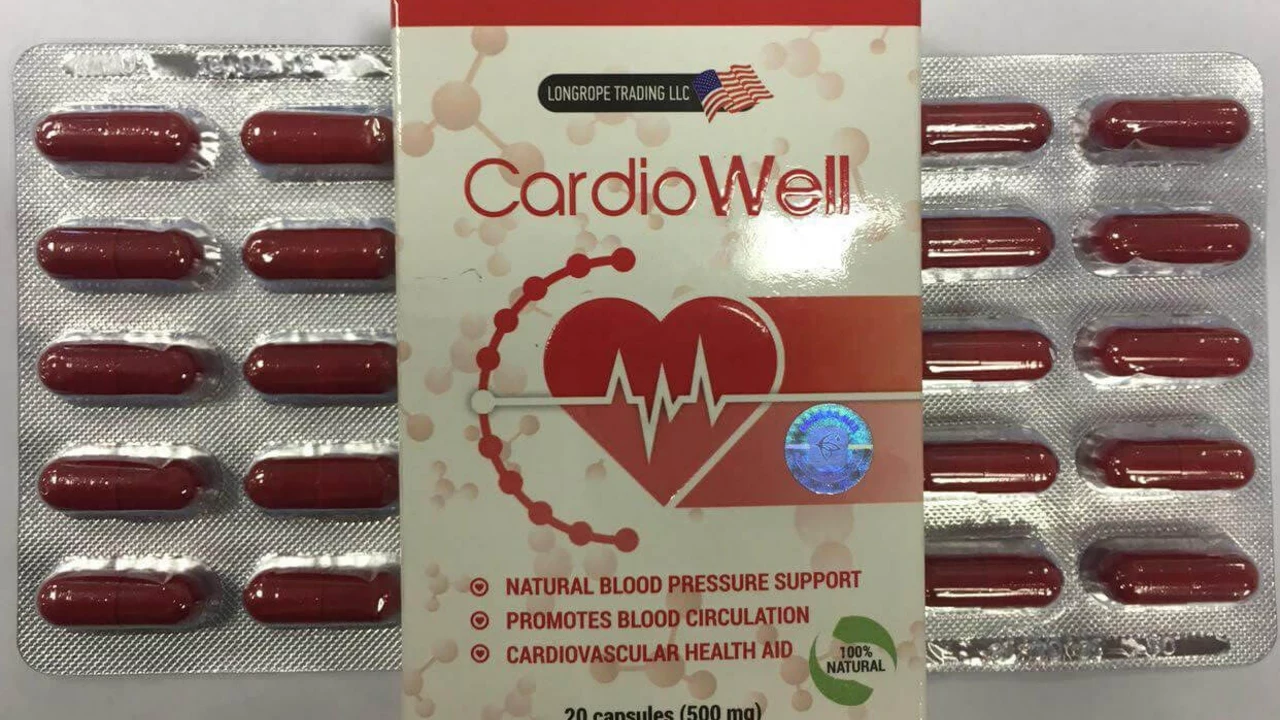Circulation: simple ways to boost blood flow and avoid problems
Poor circulation shows up as cold hands or feet, swollen legs, numbness, or slow-healing sores. Sometimes it’s a lifestyle issue you can fix. Other times it’s a sign of a bigger problem like clots, artery disease, or the need for medication. This page gives clear, practical steps to help your circulation now and explains when to get medical help.
Quick, useful things you can do today
Move more. Sitting for hours slows blood flow. Stand up every 30–60 minutes, walk for five minutes, or do calf raises while you watch TV. These small moves push blood back toward the heart.
Wear comfy shoes and avoid tight clothes that cut off flow. If your job keeps you on your feet, try short frequent breaks and gentle ankle circles to keep blood flowing.
Elevate your legs for 15–20 minutes a few times a day if they’re swollen. Prop a pillow under your calves—not under your knees—to reduce fluid buildup.
Stay hydrated. Dehydration makes blood thicker and harder to pump. Aim for regular water intake through the day, more if it’s hot or you exercise.
Quit smoking and limit alcohol. Smoking narrows blood vessels and damages circulation. Even small cuts in smoking improve blood flow fast. Alcohol in excess can harm circulation, so keep it moderate.
Try compression socks if your legs feel heavy or swollen. They help push blood up the leg and reduce pooling. Ask your doctor for the right fit and strength.
Mind your feet. If you have diabetes or numbness, check feet daily for cuts or sores. Good foot care prevents infections that can slow healing.
Medications and safety — what to watch for
Some people need blood thinners like warfarin (Coumadin) to prevent clots. These drugs work, but they need careful monitoring. If you take warfarin, your doctor will check your INR to keep bleeding risk low while preventing clots. Changes in diet, new meds, or supplements can affect INR, so tell your care team about everything you take.
Watch for warning signs: sudden leg swelling or pain (especially one-sided), chest pain, shortness of breath, or sudden numbness/weakness. Those can be signs of deep vein thrombosis (DVT) or a pulmonary embolism. Seek care immediately.
Buying meds online? Be cautious. Use reputable pharmacies, ask for a prescription, and read guides on how to buy safely. Our Coumadin guide covers interactions and monitoring tips you may want to read.
If you’re unsure whether symptoms are serious, call your doctor. Small changes—more activity, better hydration, or compression—can help many people. But if symptoms are sudden or severe, don’t wait.
Want more? Check our articles on anticoagulant safety, how to manage warfarin, and practical tips for improving circulation at home. Keeping your blood flowing well makes a big difference in energy, healing, and daily comfort.

The impact of sildenafil on cardiovascular health and circulation
As a blogger, I've recently delved into the impact of sildenafil on cardiovascular health and circulation. Interestingly, I discovered that sildenafil, the primary ingredient in Viagra, was initially developed to treat heart-related issues. It turns out that its vasodilatory effects can improve circulation and lower blood pressure. However, it's important to note that sildenafil may not be suitable for individuals with certain heart conditions, as it can interact negatively with some medications. Overall, sildenafil has shown promising results in treating certain cardiovascular issues, but one should always consult a healthcare professional before using it for such purposes.
Read more